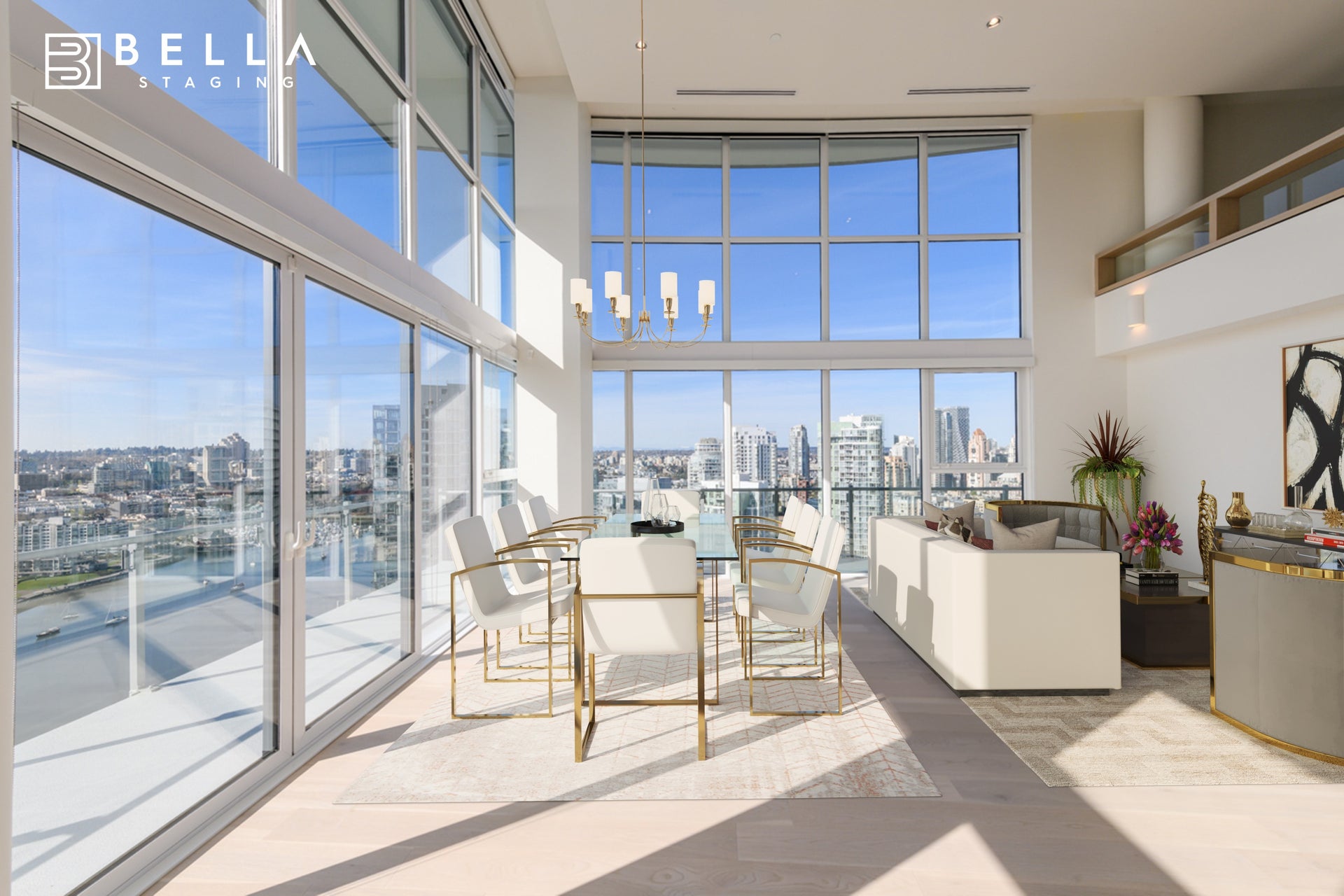Architectural visualization and architectural visualization have revolutionized the real estate and construction industries. These innovative techniques offer a glimpse into the future, transforming blueprints and empty spaces into vivid, engaging environments. In this blog, we'll explore the significance, benefits, and applications of architectural visualization and virtual staging.
Architectural Visualization: Bringing Ideas to Life
Architectural visualization, often referred to as archviz, employs 3D rendering techniques to create realistic images or animations of buildings and spaces. It goes beyond traditional blueprints, offering a more tangible and immersive representation of a design.
1. Enhanced Communication: Architectural visualization bridges the gap between architects, clients, and stakeholders. It transforms abstract concepts into visual narratives, making it easier to understand and appreciate complex designs. This visual clarity fosters better communication and ensures everyone involved has a clear understanding of the project.
2. Design Refinement: With architectural visualization, designers can experiment with various elements like lighting, materials, and textures. This flexibility allows for real-time adjustments, ensuring the final design is polished and optimized. The ability to visualize different scenarios aids in identifying potential issues early, saving time and resources.
3. Marketing and Presentation: High-quality architectural visualizations are powerful marketing tools. Real estate developers and agents can showcase properties in a compelling manner, attracting potential buyers or investors. These visuals can be used in brochures, websites, and presentations, creating a lasting impression and boosting sales prospects.
Virtual Staging: Transforming Empty Spaces
Virtual staging is the process of digitally furnishing and decorating a property using 3D rendering technology. It offers an alternative to traditional staging, where physical furniture and décor are used to enhance a space.
1. Cost-Effective Solution: Virtual staging is significantly more affordable than traditional staging. There's no need to purchase or rent physical furniture, and the process can be completed quickly. This cost-efficiency makes it an attractive option for real estate agents and sellers looking to present their properties in the best light without breaking the bank.
2. Versatility and Customization: One of the biggest advantages of virtual staging is its versatility. Designers can create multiple styles and themes to appeal to different buyer preferences. Whether it's a modern, minimalist look or a cozy, traditional setting, virtual staging can be tailored to suit various tastes. This customization helps in targeting a broader audience and increasing the property's appeal.
3. Enhancing Online Listings: In today's digital age, the majority of homebuyers start their search online. Virtual staging enhances online listings by providing visually appealing images that showcase the property's potential. Empty rooms can often look uninviting and fail to spark imagination, but with virtual staging, buyers can envision themselves living in the space, making it more likely they'll schedule a viewing.
Applications and Future Trends
1. Real Estate Sales: Both architectural visualization and virtual staging are invaluable tools for real estate professionals. They help in presenting properties in their best light, attracting potential buyers, and closing deals faster. The ability to visualize a completed project or a furnished home significantly impacts buyer decisions.
2. Interior Design and Renovations: For interior designers and renovation projects, these technologies offer a way to experiment with different layouts and designs before making any physical changes. Clients can see the proposed changes and provide feedback, ensuring satisfaction with the final result.
3. Augmented and Virtual Reality: The future of architectural visualization and virtual staging is poised to integrate augmented reality (AR) and virtual reality (VR). These technologies will provide even more immersive experiences, allowing clients to virtually walk through a property or visualize design changes in real-time.
Conclusion
Architectural visualization and virtual staging are transforming the real estate and construction industries. They offer enhanced communication, design refinement, and effective marketing solutions. As technology continues to advance, these tools will only become more integral, shaping the future of how we design, market, and experience spaces. Whether you're an architect, real estate agent, or homeowner, embracing these innovations can provide a competitive edge and elevate your projects to new heights.



